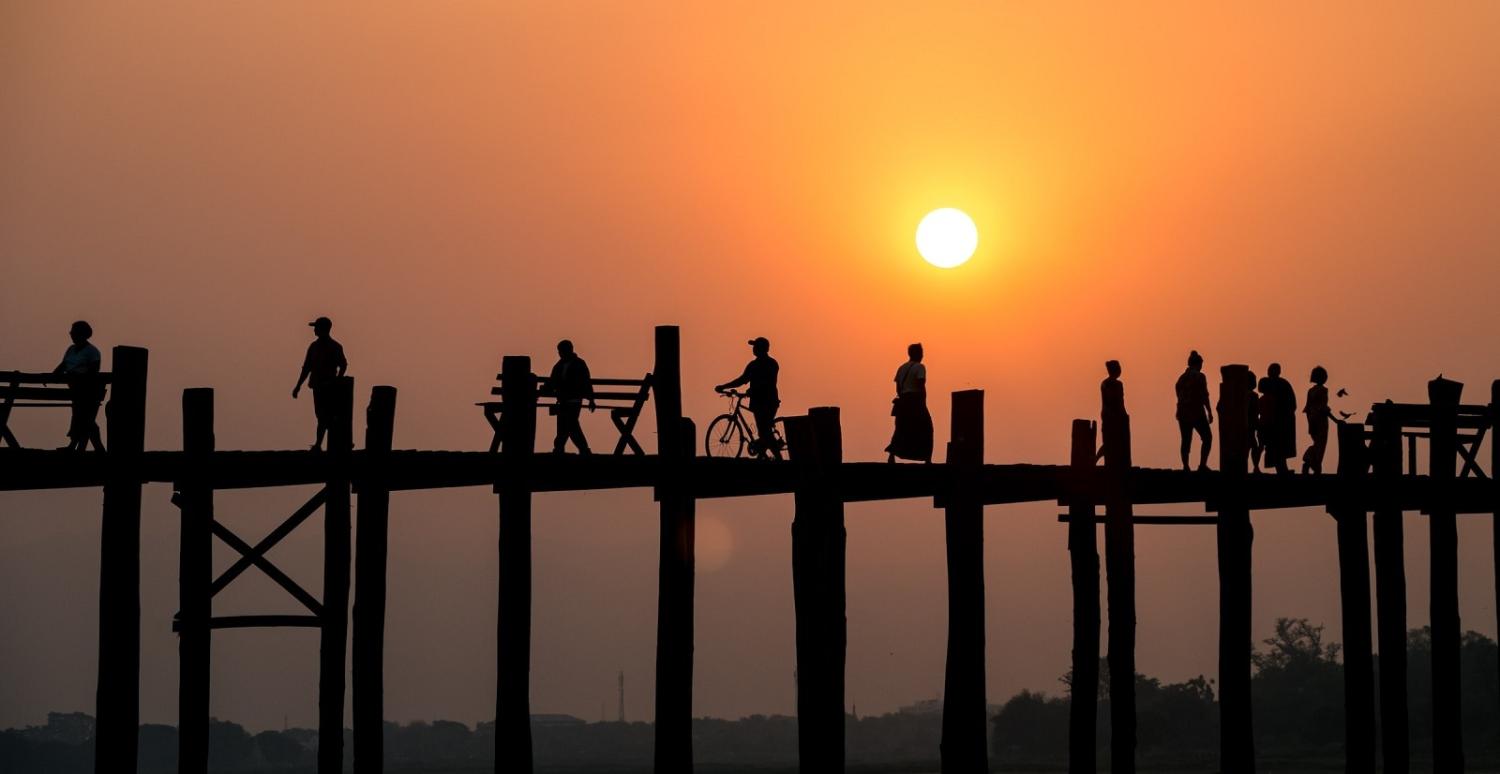There is something about Myanmar that seems to attract bizarre ideas and wild stories. It may be the dearth of hard information about the country, which encourages gossip, rumours and speculation, or perhaps it is the volatile nature of Myanmar’s security environment that encourages outrageous claims. Understandably, passions run high on many issues.
In this “post-truth” world, in which objective facts and careful analysis seem to be less influential in shaping public opinion (and even official policies) than appeals to emotion and personal belief, we need to be constantly on our guard.
Consider the latest batch of stories that have appeared in the news media and online. Granted, some have only cropped up once or twice, and in relatively low-profile outlets, but others have achieved some prominence. In any case, their mere appearance, without any caveats or warnings, lends them a credibility they often do not deserve.
For example, a Chatham House report about modest infrastructure improvements on Myanmar’s Great Coco Island in the Andaman Sea prompted a flurry of misleading articles. Even those that cited the original study accurately also implied that China could be building, or had already built, an intelligence collection station on the island – a claim that was comprehensively debunked a decade ago.
At least two commentators have claimed recently that Western governments are secretly “fuelling” the civil war in Myanmar, by funnelling supplies to the opposition National Unity Government and ethnic armed organisations. One story has even stated that the US Navy was covertly providing arms to insurgents through “coast-kissing” operations off western Myanmar.
Then there are the stories that insist on linking Russia’s agreement to build a small research reactor in Myanmar with an alleged secret plan by the junta to acquire its own nuclear weapon. Such a notion defies all logic, and under current circumstances is even more incredible than similar claims made (and dismissed) nearly 15 years ago.
It has long been the case that casualty figures released by all sides in Myanmar’s multifaceted civil war need to be handled carefully. As always, the first casualty in war is the truth.
The latest and perhaps most bizarre claim that has surfaced recently is that the United States is “seriously considering” the imposition of a “Bosnia-type” no-fly zone over western Myanmar, by deploying an aircraft carrier to the Bay of Bengal. It is claimed this operation would be supported by Bangladesh. This is despite Dhaka’s delicate relationship with Naypyidaw and the well-known arguments against no-fly zones in Myanmar.
According to this particular article, the aim of a US no-fly zone would be to protect the insurgent Arakan Army from the Myanmar Air Force, permitting it to create an independent mini-state sympathetic to the Western democracies. Not only would this help the oppressed Rohingyas, it is claimed, but it would also deny China access to Myanmar’s west coast, and thus the strategic benefits of its “Belt and Road” transport and communications corridor from Yunnan.
These and similar stories that have cropped up in the past (remember claims that Myanmar was secretly manufacturing chemical and biological weapons) rely heavily on gossip, rumour and anecdote, and sorely lack verifiable evidence. More to the point, they cry out for rigorous and independent analysis that would put such far-fetched claims into a more rational context.
Some stories appear to stem from activists keen to show successive military regimes in the worst possible light. By accusing Myanmar’s generals of pursuing dangerous weapons programs, violating international agreements or backing policies that would destabilise the region, the reports seem to be aimed at garnering support from the international community, possibly even prompting concerted action against Myanmar in multilateral forums.
Also, such stories permit commentators obliquely – or not so obliquely – to criticise other countries against which they have particular complaints or concerns. Regional analysts writing about an alleged intelligence station on Great Coco Island, for example, usually take a swipe at China’s expanding role in the region. The story claiming to reveal secret US operations in western Myanmar criticises Washington for bullying small countries such as Bangladesh.
Naturally, pundits and activists are keen to spread stories that appear to support their views, and outlandish reports of this kind can often be dismissed as having minimal impact. That said, they sometimes capture the public imagination, as occurred for example in 2009 when two respected Western observers confidently predicted that Myanmar’s military regime would possess a nuclear weapon by 2014.
It is to be hoped that, in official circles at least, sober assessments are being written that put such sensational stories into their proper context. Then again, it might be remembered that, when reports first appeared about Great Coco Island, Indian strategic policy was shaped by the conviction that Myanmar was hosting a “massive” Chinese military base in the Andaman Sea. It was several years before the Indian military establishment acknowledged its mistake.

